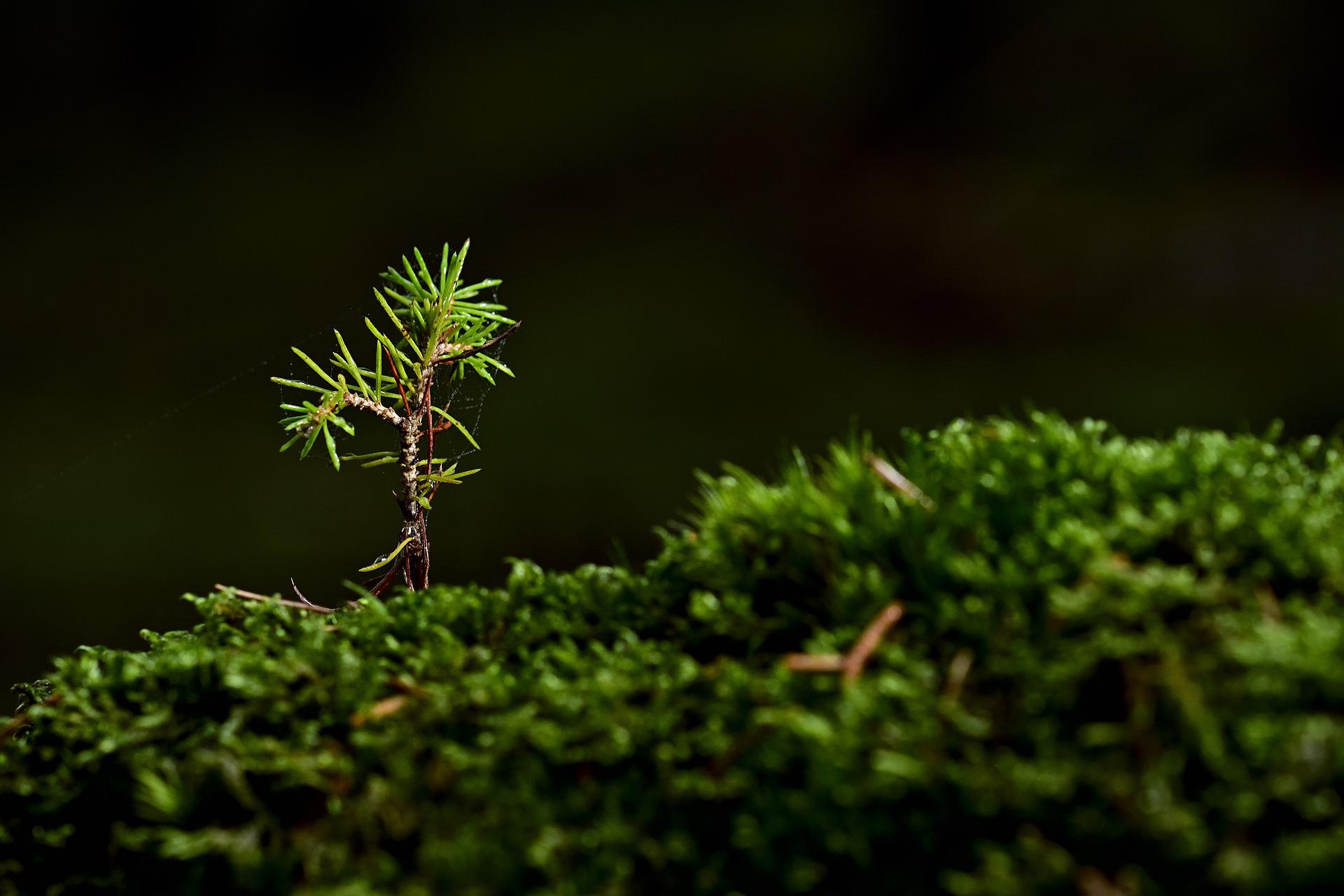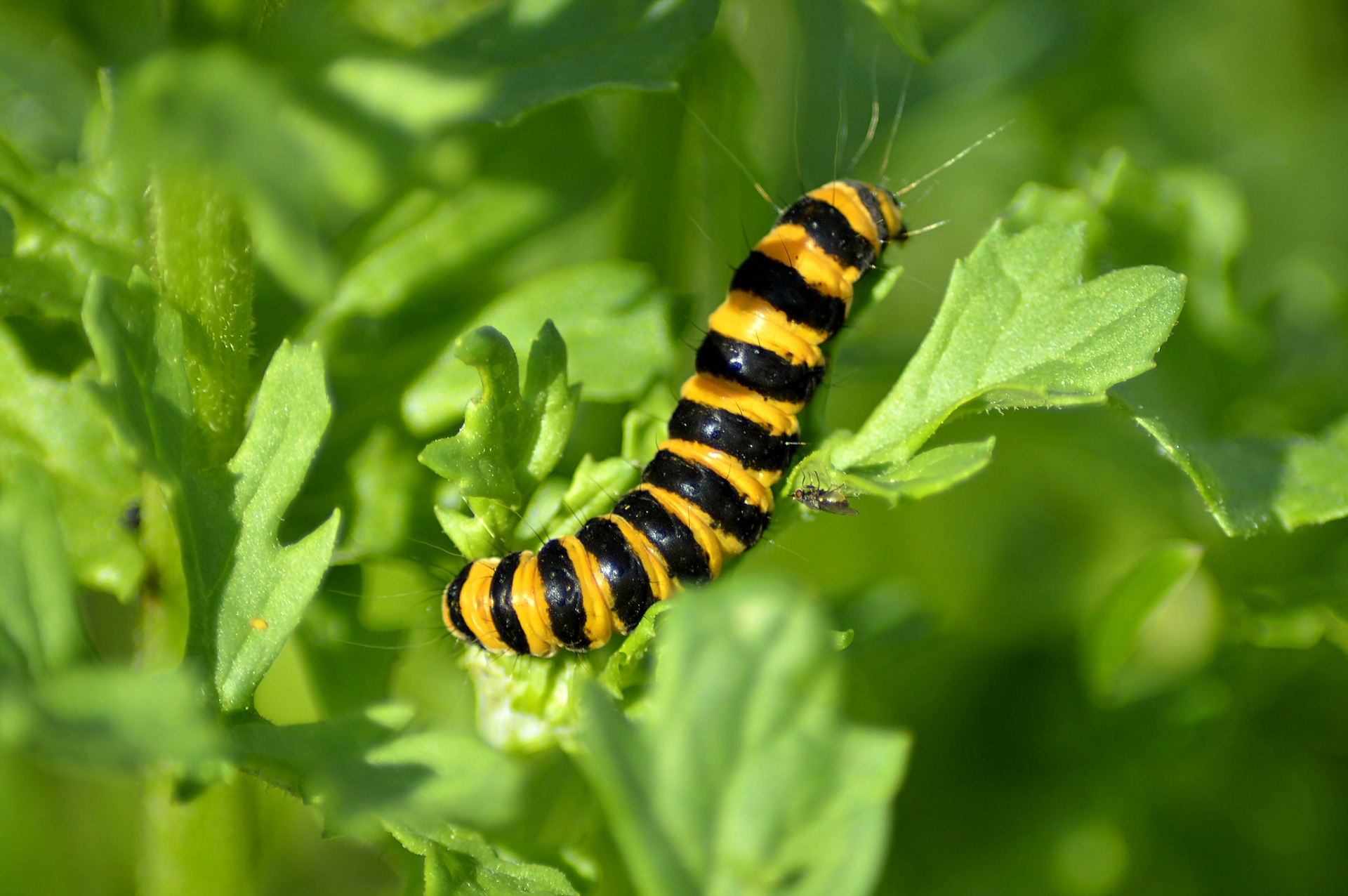Our modern science has studied humans and animals for much longer than it has closely observed plants. It was not until the last few decades that scientists started pondering the potential of these seemingly simple organisms, making breakthroughs that challenge our prevalent conception of plants as biological automata.
Suzanne Simard, Professor of Forest Ecology at the University of British Columbia, has conducted research on the way trees connect and communicate with each other through extensive underground networks called “mycorrhizae.”
MORE ON PLANTS AND NATURE
- Communal and Altruistic Habits of the Forest
- Plants Can Sing and Communicate – Damanhur Studies
- Important Lessons in Traditional Values From Indigenous Peoples
These networks, composed of fungi that maintain a symbiotic relationship with the roots, serve to link the trees not only to each other, but to all life in a forest. The study of the way nutrients, water and messages are exchanged through these webs, suggests that plants are endowed with cognitive abilities that our science has yet to understand.
Tree networks as neural networks
The network configuration that our human brains exhibit is often attributed to our body’s need for efficiency. In fact, the patterns of our neural networks allow neurotransmitters to be transported more easily. Scientists have discovered that underground tree networks show the same patterns, allowing for an optimal transmission of resources and information.

These networks are similar to neural connections not only in structure, but also in function. The behavioral change in plants after they receive messages is a sign of intelligence, according to Dr. Simard. Plants change their behavior based on past experiences, which implies that they can remember and learn things. “Plants do have intelligence. They have all the structures. They have all the functions. They have the behaviors,” said the Ecology professor in an interview with Nautilus.
Plant communication: information exchange or purposeful conversation?
Communication between plants has been found to take place through the exchange of chemical substances. For instance, when a plant is put under stress, it releases great amounts of serotonin and glutamate that are quickly sent to its neighbors.
Success
You are now signed up for our newsletter
Success
Check your email to complete sign up
However, plants are not the only ones to perceive this neurochemistry change. “You can smell the defense chemistry of a forest under attack. Something is being emitted and plants and animals perceive that and change their behaviors,” said Ms. Simard.
Surprisingly, recent research indicates that plants may also use sounds to communicate with one another. In fact, scientists have measured acoustics in plants, finding many sounds imperceptible to our ears which may be used for communication.

But a question arises: is it merely an exchange of information or is it a conversation between conscious beings? Philosophical thought holds that “pre-reflective self-awareness” is a necessary condition of consciousness. In explaining how plants are self-aware, Dr. Simard described kin recognition as a meaningful piece of evidence.
“Those old trees can tell which seedlings are of their own seed. We don’t completely understand how they do it, but we know there are very sophisticated actions going on between fungi associated with those particular trees.” Ms. Simard has found that old trees not only change their behavior to benefit their own kin, but even destroy those that are not in a favorable place to survive.
In another experiment, when mother trees were placed close to a kin seedling and a stranger seedling, it was observed that she would choose to provide for her own kin over something that’s not her kin. Moreover, when the health of either the donor—the mother tree—or the recipient were altered by modifying levels of shade or nitrogen or water; it was seen that plants would perceive each other and make decisions depending on the situation. In these cases, the mother would generally provide more for her kin, especially when she was ill and dying.
Emotion, or biochemical response?
In the study of plants’ cognitive abilities, modern science has always emphasized non-emotional and non-affective forms of cognition. Most scientists hold that plants’ reactions to external stimuli are only biological responses, claiming that emotions are exclusive to human beings.
Nevertheless, Dr. Simard remarks that current scientific notions are too narrow: “We haven’t looked. We just make these assumptions about them that they’re these benign creatures that have no emotion. No intelligence. They don’t behave like we do, so we just block it out.”

While their affinity to care for their own kin could be an indicator of emotion, Dr. Simard highlights that plants also exhibit remarkable responses when they are harmed. For instance, when their leaves are clipped or damaged by insects, their neurochemistry changes. “Is that an emotional response? It’s certainly trying to save itself. It upregulates. Its genes respond. It starts producing these chemicals. How is that different than us all of a sudden producing a whole bunch of norepinephrine?”
‘We are prisoners of our western science’
After over two decades of research, Dr. Simard has come to realize that our western thought falls short when explaining the extraordinary behavior of plants. “…they don’t map neatly onto what people usually mean by learning and memory and communication. Perhaps trying to define plants’ behavior according to our own narrow conceptions risks obscuring what is unique about their intelligence.”
What surprised her the most was to learn that much of her research findings had long been known to indigenous people. In their oral and written traditions, aboriginal communities had talked about the mesmerizing underground web that kept the forest interconnected and alive, and how trees—which they referred to as “the tree people”—communicated and interacted with each other.
“Western science shut that down for a while and now we’re getting back to it,” she said.
Throughout generations, aboriginal groups have developed an encyclopedic knowledge of wildlife that has allowed them to coexist in harmony with nature for centuries. Their approach to understanding plants and animals is based on their belief that everything in nature is alive and has a distinct spiritual essence.
Experts in the field of environmental conservation are also coming to recognize that our modern science lags behind traditional knowledge, and that conducting new research with an open mind will be the key to unlocking many of the mysteries that remain unexplained.















